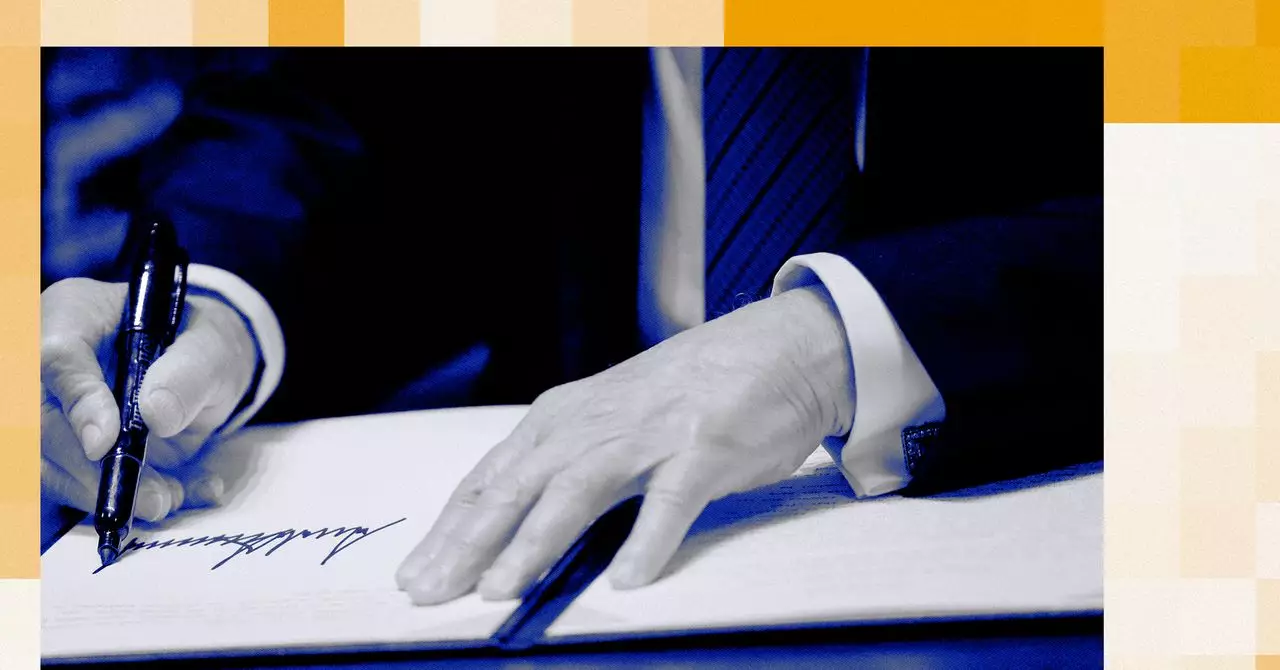On March 20, a presidential executive order titled “Stopping Waste, Fraud, and Abuse by Eliminating Information Silos” was issued, asserting the federal government’s power to unify unclassified data scattered across various governmental databases. At first glance, this move may appear innocuous or even beneficial, especially in a context where the very terminology surrounding ‘silos’ suggests stagnation and inefficiency. However, this seemingly straightforward effort to combat waste and fraud conceals a complex web of implications, particularly concerning individuals’ privacy rights. The order was somewhat eclipsed by significant events like Signalgate, but deserves scrutiny of its more profound ramifications.
The Case for Breaking Down Silos
At the heart of the argument for dismantling information silos is the undeniable benefits of data integration. Silos in information flow not only breed inefficiencies but also result in poorly-informed decision-making. In large corporations, there are countless case studies where a lack of inter-departmental communication has led to disastrous outcomes—projects being duplicated, resources squandered, or critical insights overlooked. If we draw parallels to government oversight, the possibility of uncovering fraud through streamlined data access appears compelling.
Imagine a scenario where a real estate company submits misleading appraisals to benefit from loans, only to be uncovered because investigative entities accessed the relevant financial data that had previously remained isolated. At a time when every dollar must be scrutinized, aggregating information has the potential to illuminate such practices, theoretically paving the way for accountability.
The Dangers of Overreach
Yet, one must approach this notion with caution. The quest to eradicate waste and fraud can lead to unintended consequences, especially in the realm of personal privacy. Silos serve a critical function by protecting sensitive personal data from unrestricted access. Information relating to health records or tax returns isn’t just another set of facts; it’s deeply personal and, importantly, protected by legal frameworks to honor individual confidentiality.
This executive order opens a Pandora’s box of potential overreach. Centralizing data might make it easier for government officials to access private information, compromising confidentiality and potentially leading to abuses of power. Privacy advocates argue that personal data should only be collected with explicit, lawful intentions, and merging information across databases risks treating it as mere fodder for governmental surveillance.
The Practicality of Data Restrictions
Moreover, from a practical standpoint, maintaining certain information in silos serves essential purposes beyond privacy concerns. Take the IRS, for instance—its ability to collect taxes relies on keeping certain data separate from law enforcement entities. This confidentiality enables the tax system to function without fear of repercussions for those who may be living under the radar. If this barrier were breached, many taxpayers could become reluctant to report income, thereby removing a vital revenue stream for the government.
Similarly, how census data is managed illustrates the critical importance of maintaining data silos. The integrity of census participation depends on individuals feeling secure that their private information won’t be used against them. If the data were more accessible, the accuracy of the census could be compromised, leading to misrepresentations of population metrics that affect funding, representation, and various public policy decisions.
In light of these considerations, one must strike a balance when contemplating information consolidation in the name of efficiency. The potential for greater transparency and accountability in government actions is certainly appealing; however, care must be taken to ensure that this doesn’t translate into invasive scrutiny of personal lives. The challenge lies in threading the needle between leveraging data for the public good while simultaneously safeguarding individual rights and maintaining trust in government systems. The implications of this executive order invoke a broader discussion about the kinds of information we deem essential to share and the safeguards necessary to ensure it is not misused.

